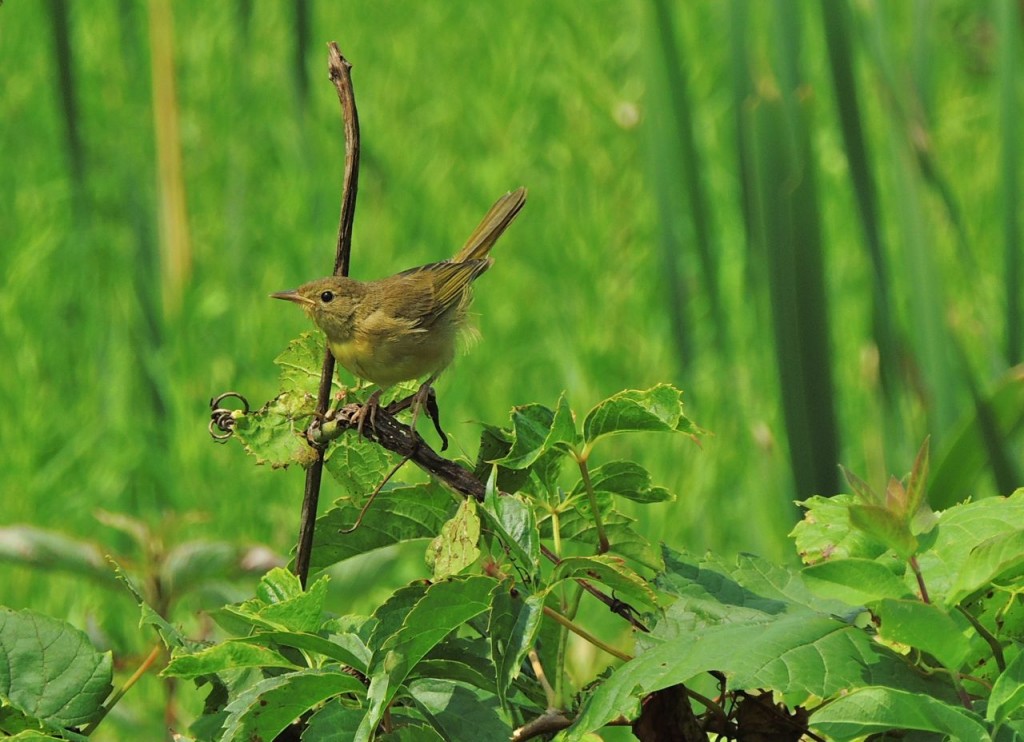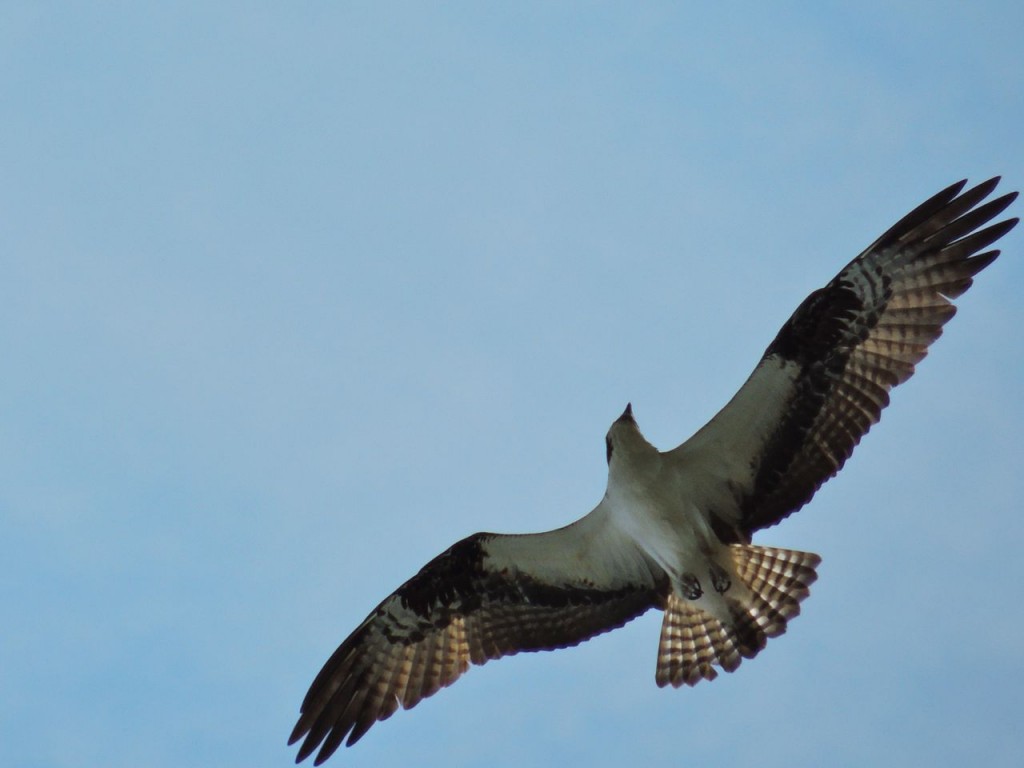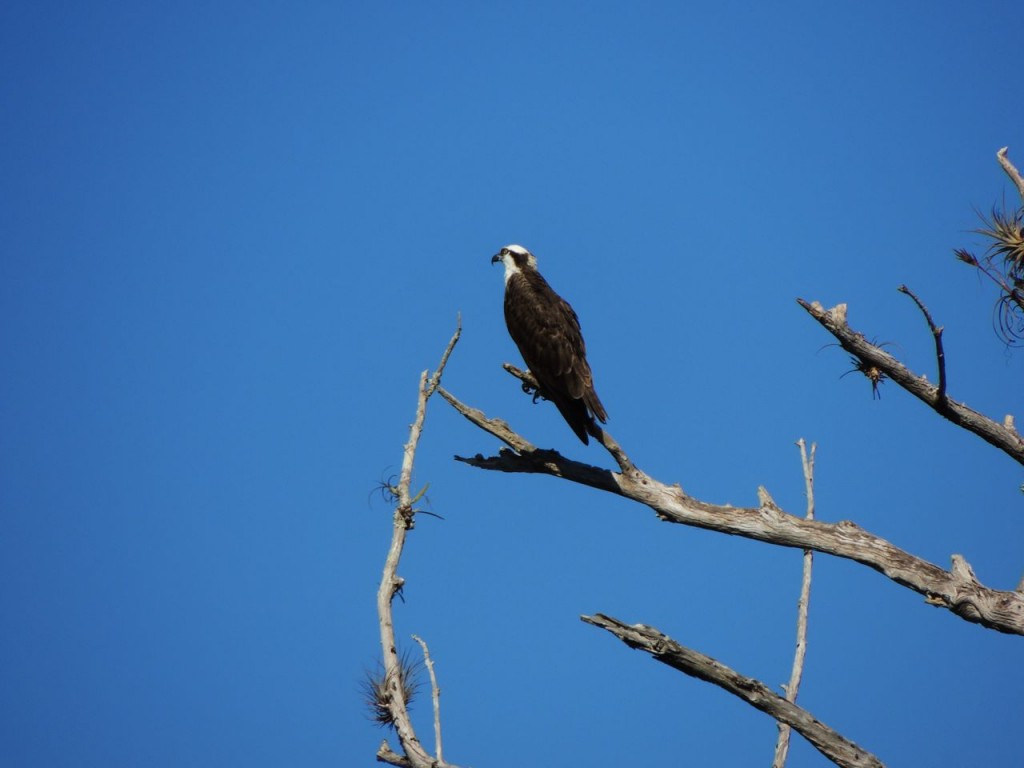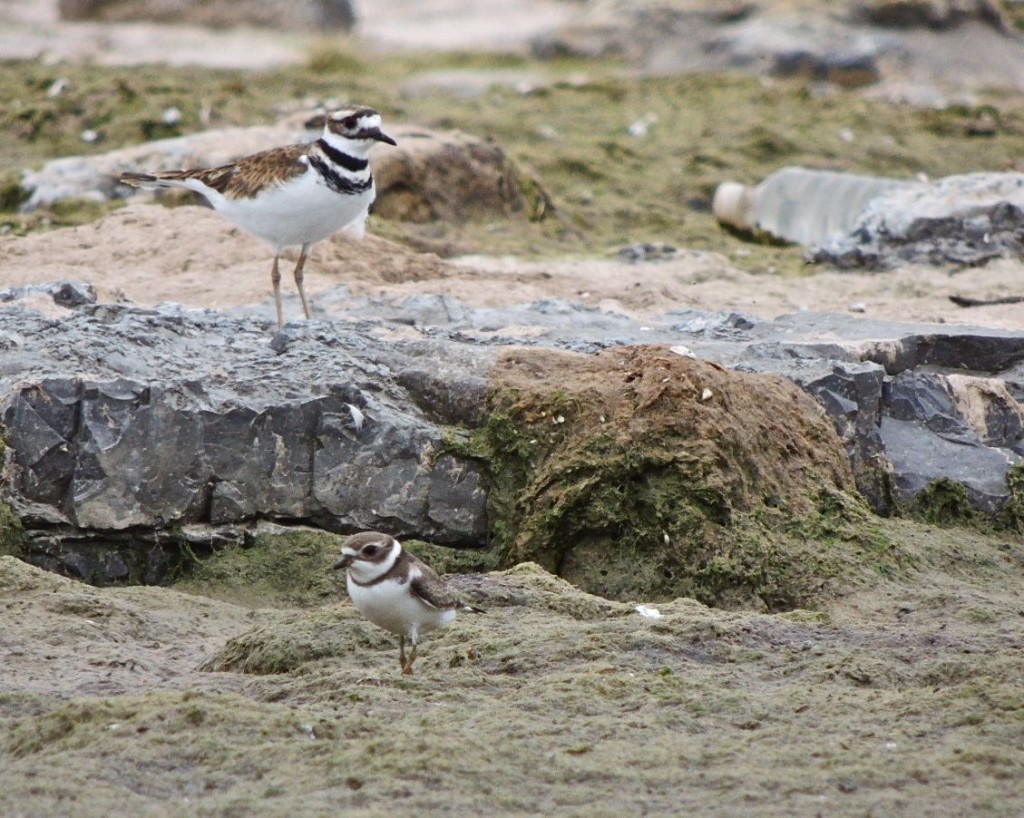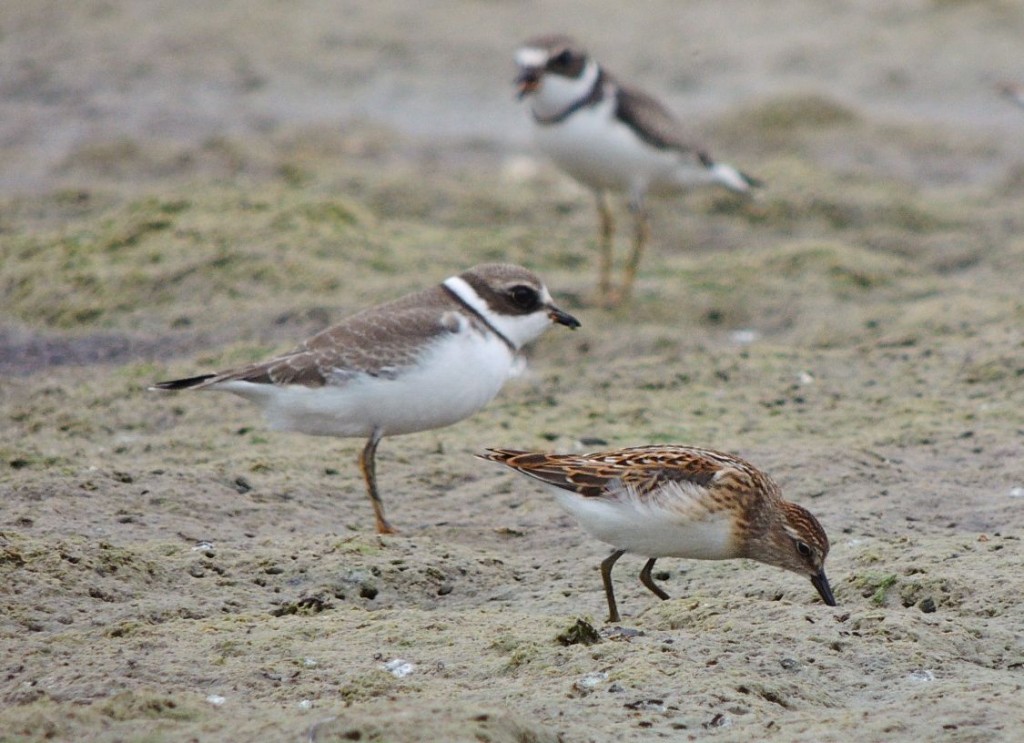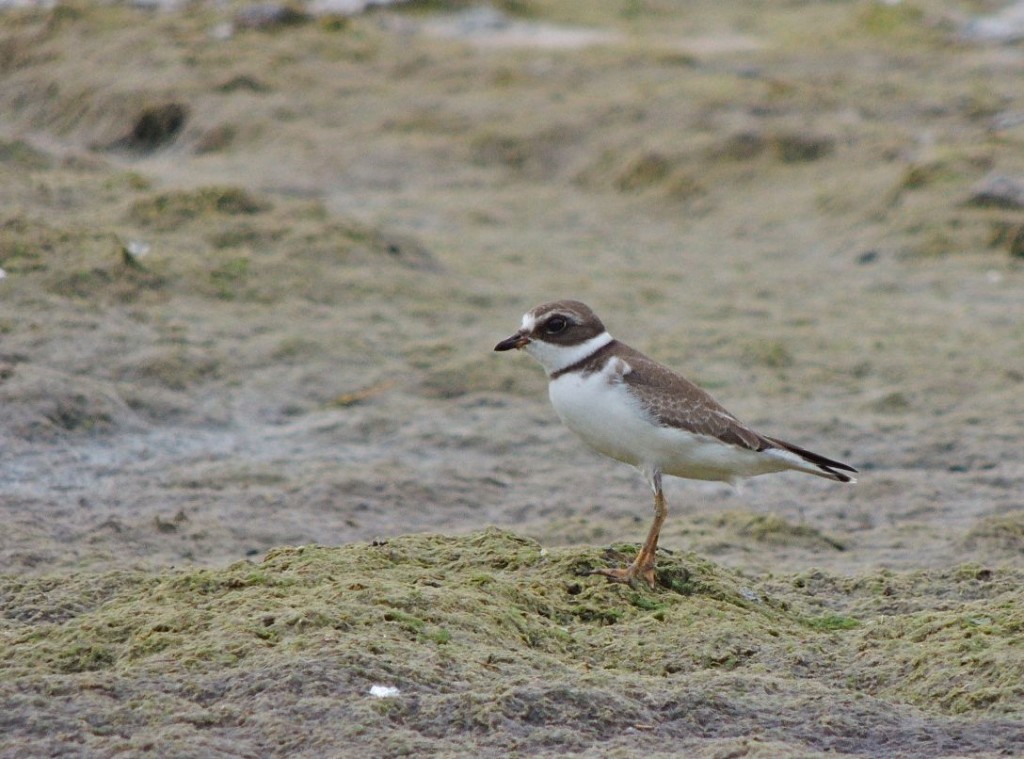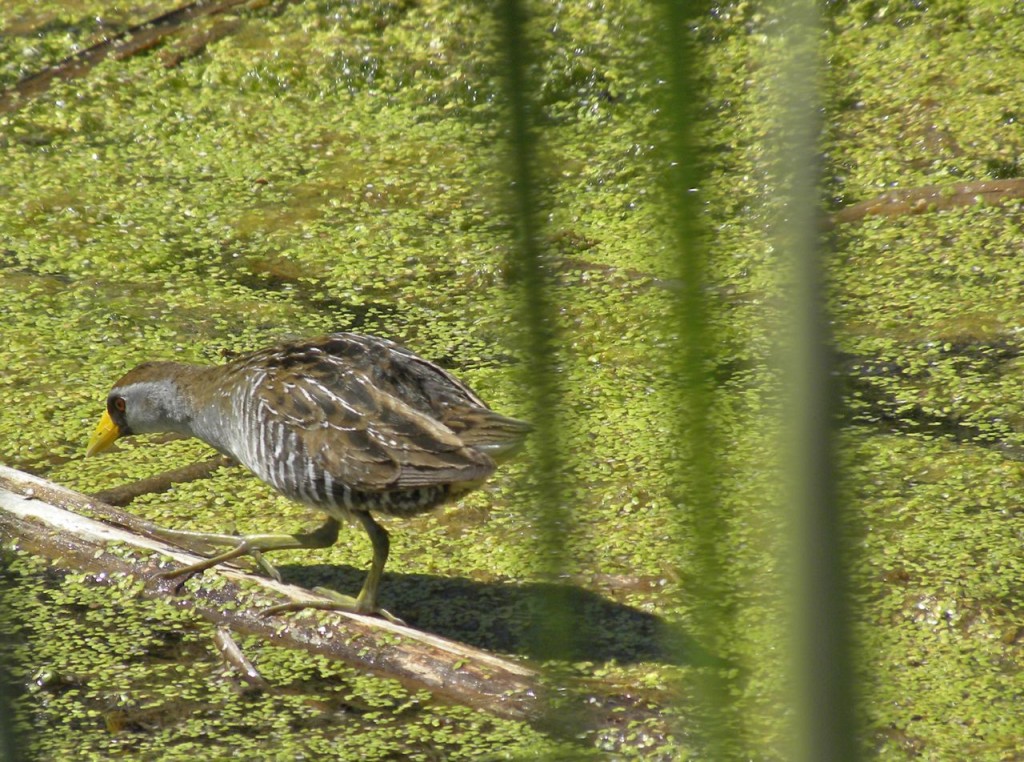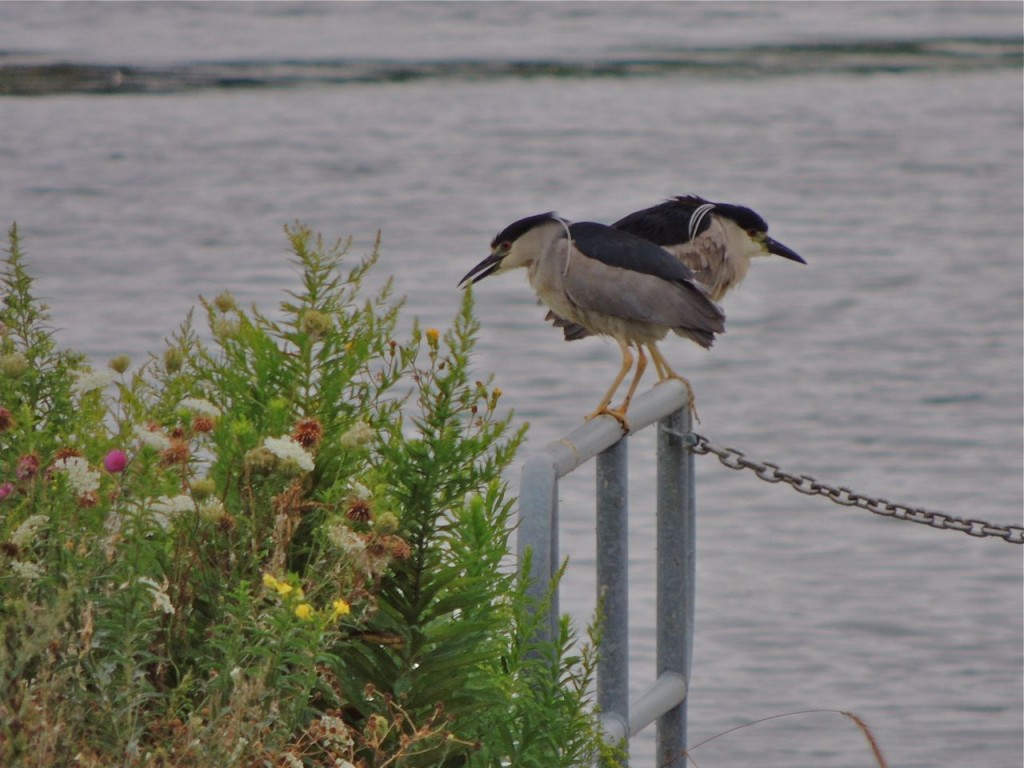August 30 2015. Hendrie Valley, Burlington ON. Our team of volunteers restart the routine censuses in two days, we monitor the busy migration months of September and October and then April and May. I did a warm-up census around one of our routes this morning, a mix of wooded valley-sides, swampy flood plain, quiet ponds and a small river. It’s always interesting.
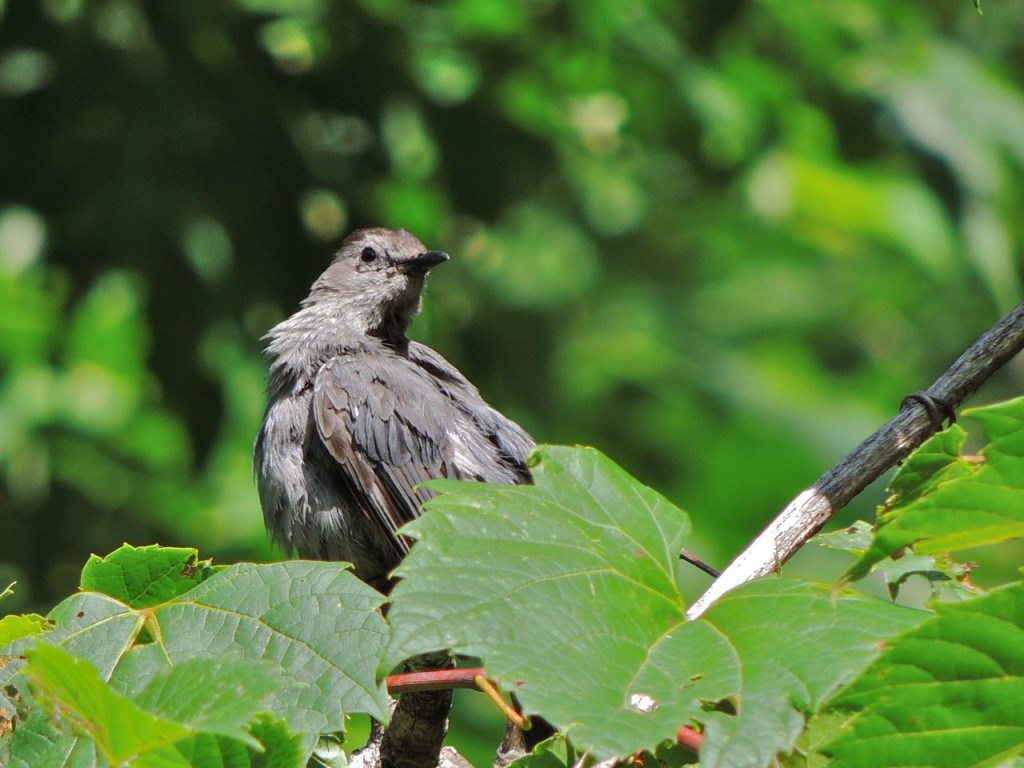
A change in weather seems to have slowed things down a bit in contrast to some pretty exciting days last week. We are in for a week of very warm, probably thunderous, days. Not great birding weather. It’s cold fronts pushing down from the north that stir migrant birds into moving, not blankets of sticky warmth like this.
Over the next four to six weeks, once the warm humid air moves away, there will be lots of variety to come . Today was rather well, not ho-hum exactly, more so-so; if there’s a difference. Black-capped Chickadees by the score, actually I counted forty-three, late brood, young Song Sparrows, Common Grackles and American Goldfinches everywhere.
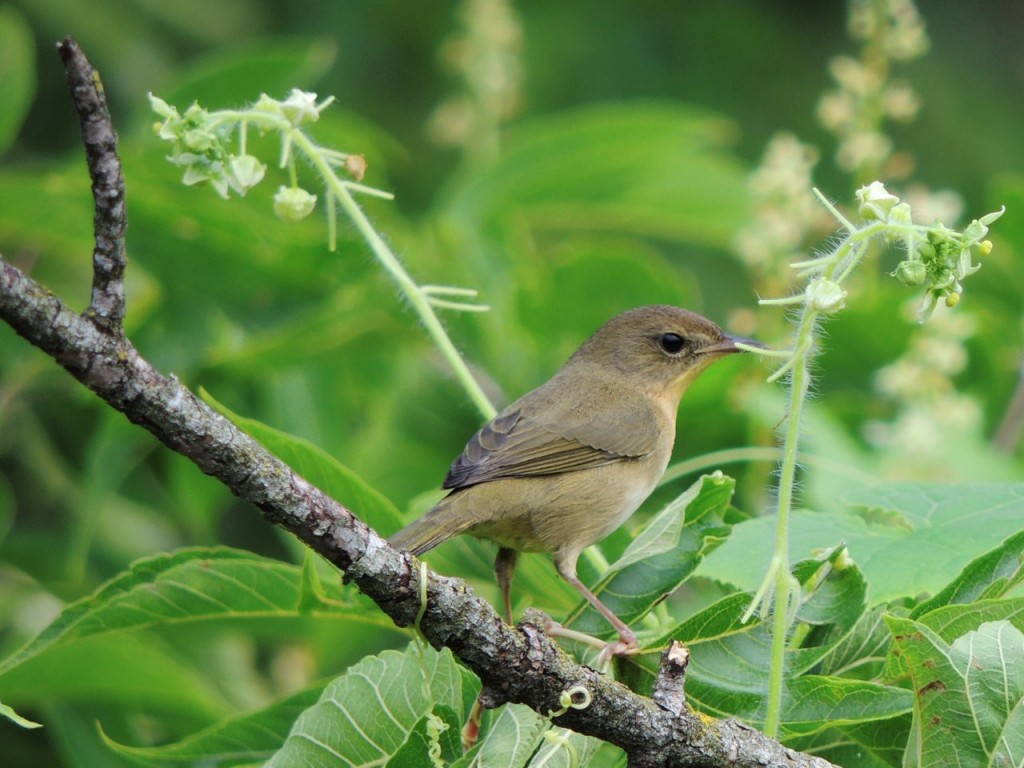
Among summer residents counted were: Eastern Wood Peewees, Warbling and Red-eyed Vireos, Gray Catbirds, Common Yellowthroats, Eastern Phoebes and three Ruby-throated Hummingbirds.
I watched a mini-drama as a Cooper’s Hawk was harassed by some Blue Jays and I was starting to wonder where today’s wow! moment would come from. Could it be the young Common Yellowthroat who seemed to want to keep an eye on me, or maybe a vocal but unseen Carolina Wren, if only it would show itself.
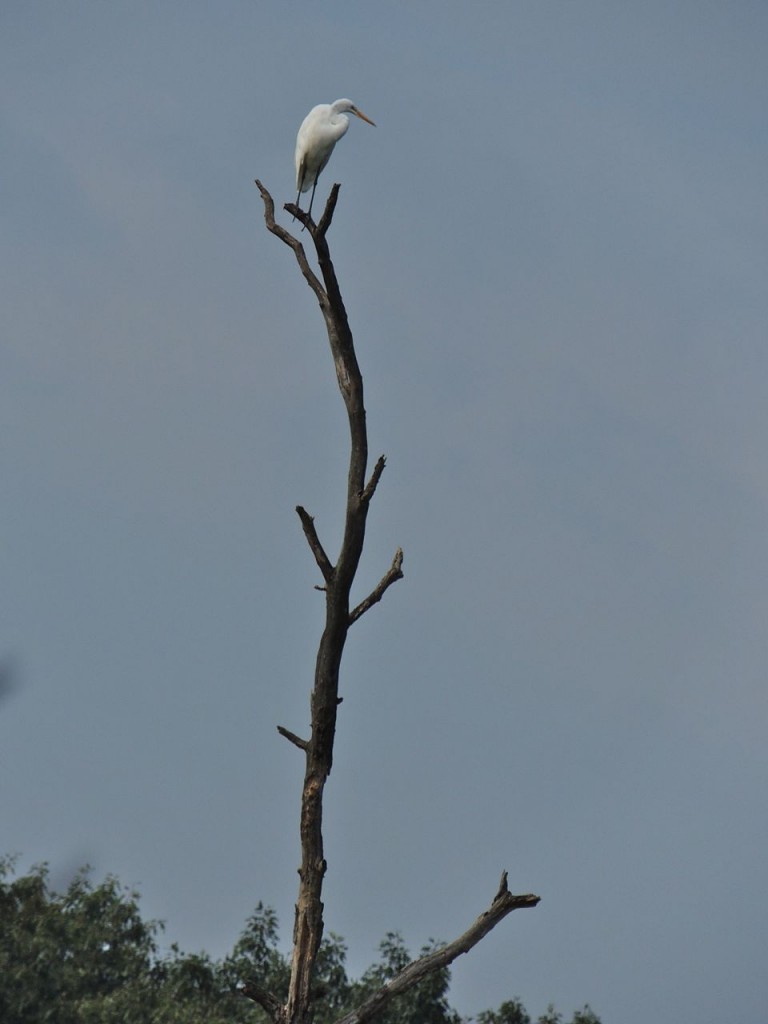
Then, to validate my belief that there’s always a bird of the day no matter how tedious or otherwise unexciting the day may be, I spotted this Great Egret watching over the ponds from on high. Great Egrets aren’t rare around here; they used to be, but bird populations expand and contract and Great Egrets are in an expansionary mood. While we see them infrequently in spring, as summer wears on they start to show up and it’s not uncommon to have a dozen or two in the area in August and September. It’s hard to miss them of course.
We are heading to the UK in a couple of days. I’ll be posting from there. The change of bird life will be refreshing, if not novel. It’s what I grew up on.
